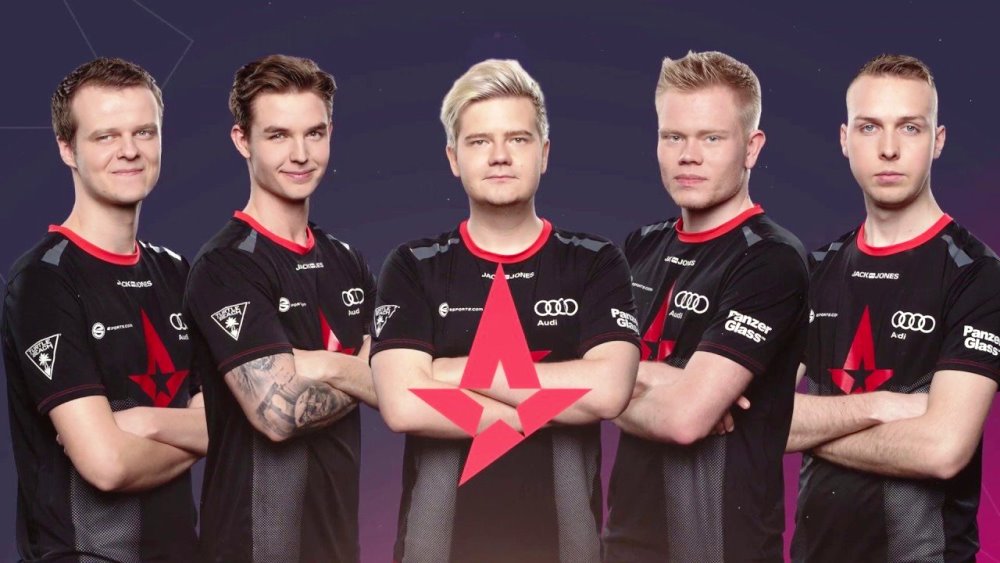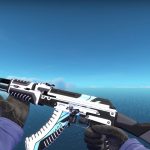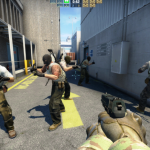
CS:GO (Counter-Strike: Global Offensive) is a popular first-person shooter video game, and competitive tournaments are held regularly worldwide. The winning teams in these tournaments can vary, but some countries tend to have a stronger presence in the CS:GO competitive scene than others.
In recent years, teams from Denmark have been very successful in CS:GO tournaments. Astralis, one of the top Danish teams, has won four Major championships, which are the most prestigious events in the CS:GO competitive circuit. Other Danish teams like Heroic and North have also had success in smaller tournaments.
Teams from other countries like Sweden, Brazil, and the United States have also had strong showings in CS:GO tournaments. Fnatic and NiP are two well-known Swedish teams that have won multiple Major championships. Brazilian teams like MIBR and FURIA have also had success in recent years. In the United States, teams like Team Liquid and Evil Geniuses have been strong contenders in international tournaments.
Overall, CS:GO is a global game, and teams from many different countries have the potential to win tournaments. The strength of a team often depends on their individual skill and strategy, as well as the quality of their teamwork and coordination.
What tournaments the team from Denmark has won

Danish CS:GO teams have won many tournaments over the years, including some of the most prestigious events in the competitive circuit.
Here are some of the notable tournaments that Danish teams have won:
- The Valve-sponsored Majors: Astralis has won four Valve-sponsored Majors, which are the most prestigious events in the CS:GO competitive circuit. They won the ELEAGUE Major Atlanta 2017, FACEIT London 2018, IEM Katowice 2019, and StarLadder Berlin 2019.
- BLAST Premier: Astralis has also won several BLAST Premier tournaments, including the Global Finals in 2020 and the Spring Finals in 2019.
- DreamHack Masters: Danish teams have won multiple DreamHack Masters tournaments, including the DreamHack Masters Malmö 2017 (won by North), DreamHack Masters Stockholm 2018 (won by Astralis), and DreamHack Masters Marseille 2018 (won by Natus Vincere, a team that included Danish player Emil “Magisk” Reif).
- Intel Extreme Masters (IEM): Danish teams have won multiple IEM tournaments, including IEM Sydney 2018 (won by FaZe Clan, a team that included Danish player Finn “karrigan” Andersen) and IEM Chicago 2018 (won by Astralis).
- ESL Pro League: Danish team Astralis has won multiple ESL Pro League tournaments, including Season 8 in 2018 and Season 12 in 2020.
These are just a few examples of the many tournaments that Danish teams have won in the CS:GO competitive scene. Danish players and teams are widely regarded as some of the best in the world and are always strong contenders in any tournament they enter.
How many players are on the team
In competitive CS:GO, teams typically consist of five players. Each player has a specific role within the team, such as in-game leader, entry fragger, or support player. The five players work together to achieve the team’s objectives, which include winning rounds and ultimately winning the match.
In addition to the five players on the team, there may also be a coach who works with the team to develop strategies and improve their gameplay. The coach may provide guidance during matches and may also help with player training and development.
It’s worth noting that some tournaments may have slightly different rules regarding team composition, so the number of players on a team may vary slightly depending on the tournament. However, in the vast majority of CS:GO tournaments, teams consist of five players.
In which tournaments teams do NOT consist of 5 players
The vast majority of CS:GO tournaments feature teams of five players, and this is considered the standard format for competitive play. However, there may be some exceptions to this rule depending on the specific tournament format and rules.
One example of a tournament format that deviates from the standard five-player setup is the “Showmatch” format. A showmatch is a non-competitive exhibition game that is typically played for entertainment purposes. In a showmatch, the teams may have a different number of players, and the rules may be relaxed or modified to make the game more fun and engaging for the audience.
Another example of a tournament that may not strictly adhere to the five-player format is the “All-Star” tournament. An All-Star tournament is typically a showcase event that features top players from various teams playing together on a single team. In this format, the team may have more than five players, and the players may be selected based on their individual skills rather than their team affiliation.
It’s also worth noting that some smaller, local tournaments may have slightly different rules and formats that deviate from the standard five-player setup. However, these tournaments are generally less well-known and less prestigious than major international tournaments, and they are less likely to have a significant impact on the overall competitive scene.


